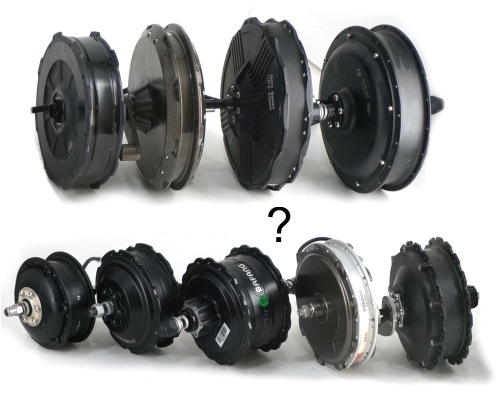E-mail:
Wuxi Sine Power Technology Co., Ltd.
Add:No. 8, Xiang'an Road, zone B, Dacheng Industrial Park, anzhen street, Xishan District, Wuxi City
Telephone:+86
|
|
How does the hub motor controller work?Issuing time:2024-02-21 10:32
Hub motor controllers play a vital role in the functionality of electric vehicles, serving as the central nervous system that dictates the speed, torque, and overall performance of the motor. In this article, we will dissect the components of a hub motor controller, delve into its inner workings, and discuss the advantages it offers to electric vehicle users. Whether you’re a novice seeking basic knowledge or a seasoned enthusiast looking to deepen your understanding, this article aims to provide valuable insights into the magic behind these essential components. Key Components of a Hub Motor Controller At the heart of every hub motor controller lies the microcontroller, acting as the brain of the operation. This component receives input signals from the throttle and various sensors, processes the data, and transmits commands to the motor to adjust its speed and power output accordingly. The power stage is another critical element, comprising power transistors that regulate the flow of electricity from the battery to the motor. These transistors are instrumental in converting DC power into AC power, which drives the motor and powers the vehicle. Furthermore, hub motor controllers are equipped with protective features such as overcurrent protection, overvoltage protection, and thermal protection. These safeguards are essential in preventing damage to the motor and controller in the event of anomalies or malfunctions. Functionality of Hub Motor Controllers A hub motor controller acts as the control center for electric bikes, scooters, and other electric vehicles, governing the vehicle’s speed and direction by managing the power supply to the motor. By receiving input signals from the throttle, brakes, and sensors, the controller determines the desired speed and torque of the vehicle. A key function of the hub motor controller is to convert DC power from the battery into AC power usable by the motor. This conversion process is crucial for optimizing the vehicle’s performance and efficiency. Additionally, the controller monitors the motor’s temperature and voltage to prevent overheating and overloading. Utilizing pulse-width modulation (PWM), the hub motor controller regulates the motor’s speed by adjusting the width of the electrical pulses sent to the motor. This feature enables smooth acceleration, deceleration, and precise control over the vehicle’s movements, enhancing the overall driving experience. Advantages of Hub Motor Controllers The efficiency of converting electrical energy into mechanical power is a standout advantage of hub motor controllers, resulting in a smoother and more responsive ride for electric vehicle users. Their compact design allows for easy installation and integration into various vehicle types without adding unnecessary bulk. Hub motor controllers are lauded for their reliability and durability, offering a long lifespan and minimal maintenance requirements. This makes them a cost-effective choice for individuals seeking long-term investments in electric vehicles. In Conclusion Hub motor controllers are essential components in electric vehicles, playing a pivotal role in regulating power supply, converting energy, and controlling speed for an optimal driving experience. Their efficiency, compact design, reliability, and durability contribute to the increasing popularity of electric transportation. As technology continues to advance, further enhancements in design and functionality are expected, promising even greater benefits for electric vehicle users. |


 Exploring the Mechanics of Hub Motor Controllers
Exploring the Mechanics of Hub Motor Controllers